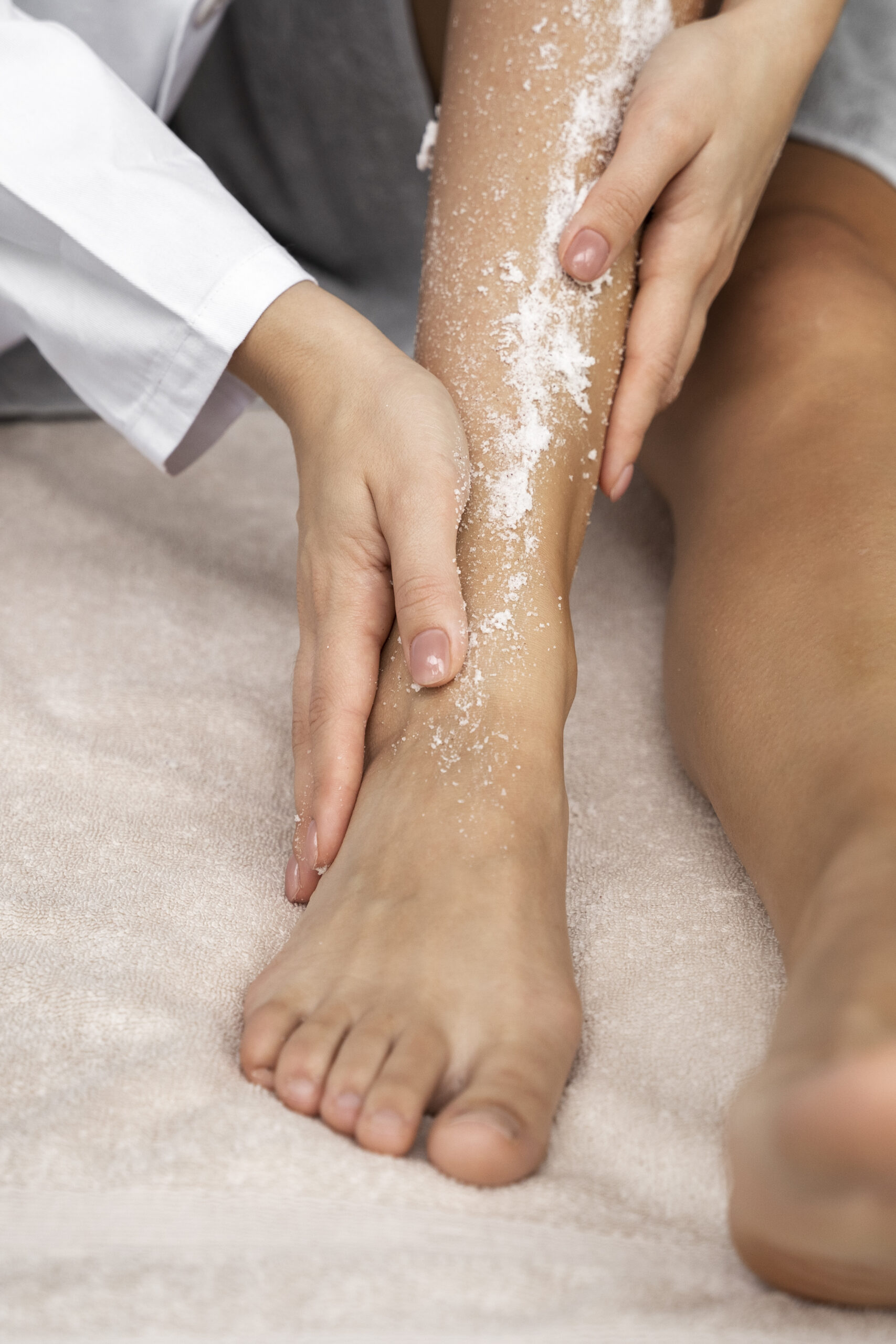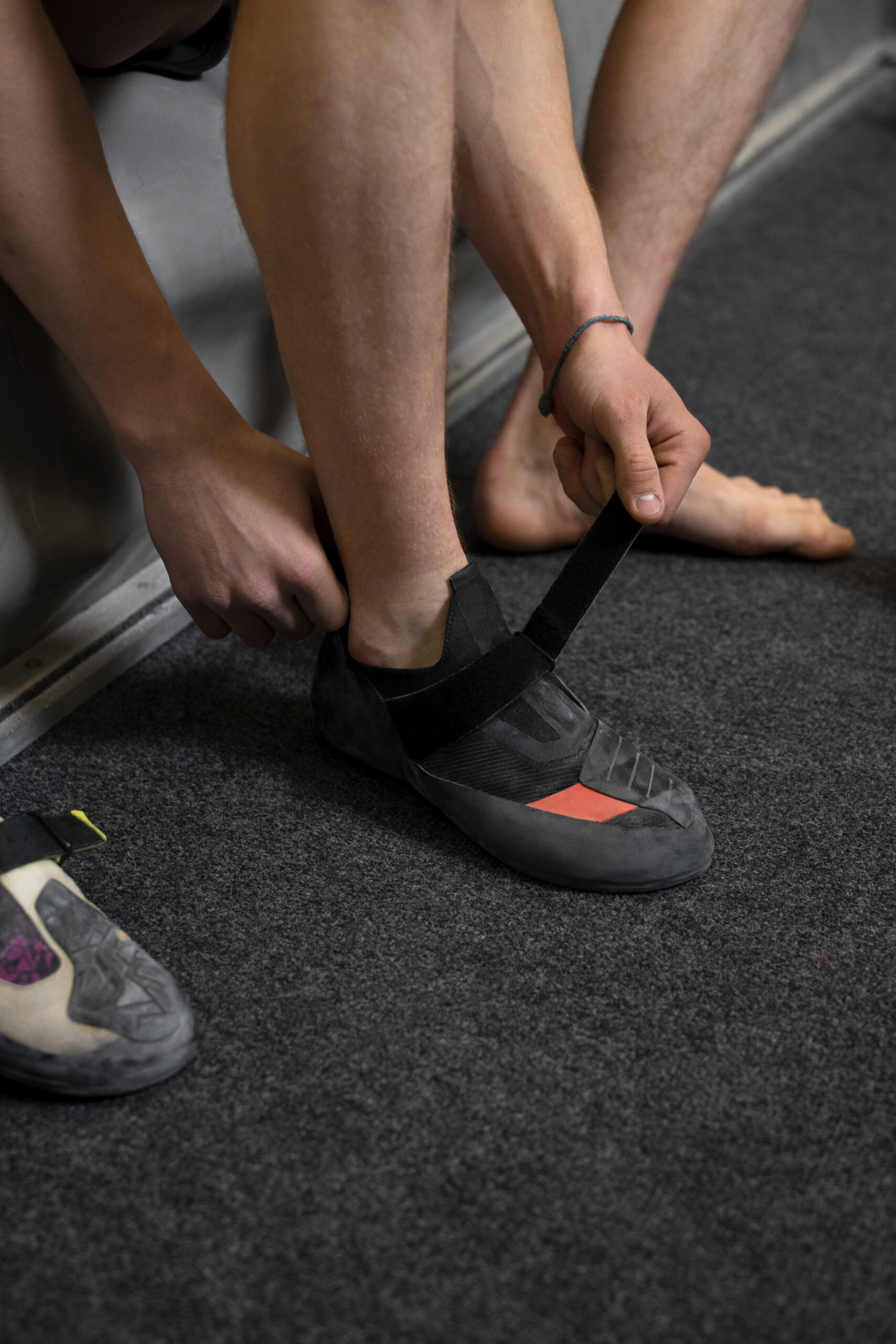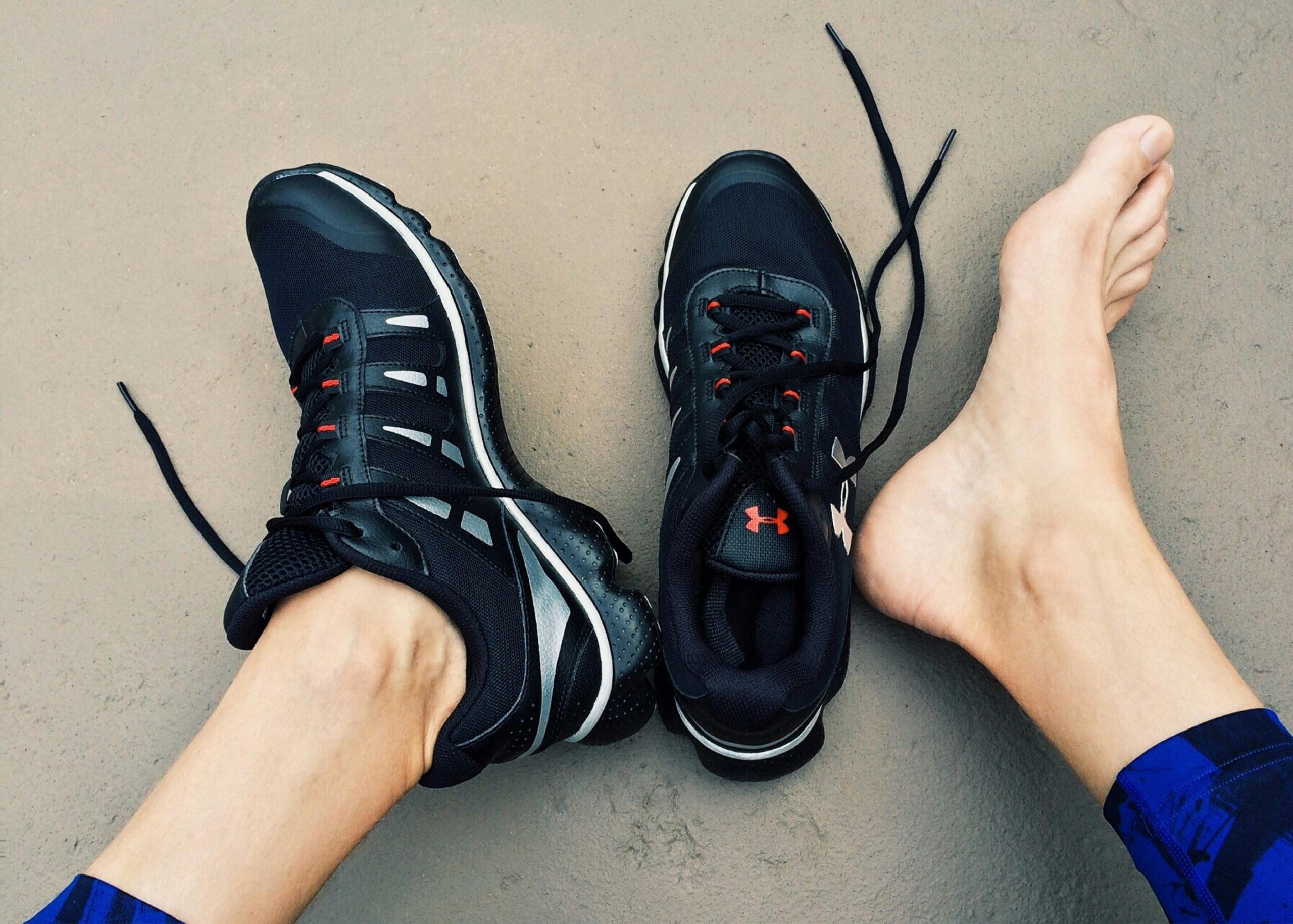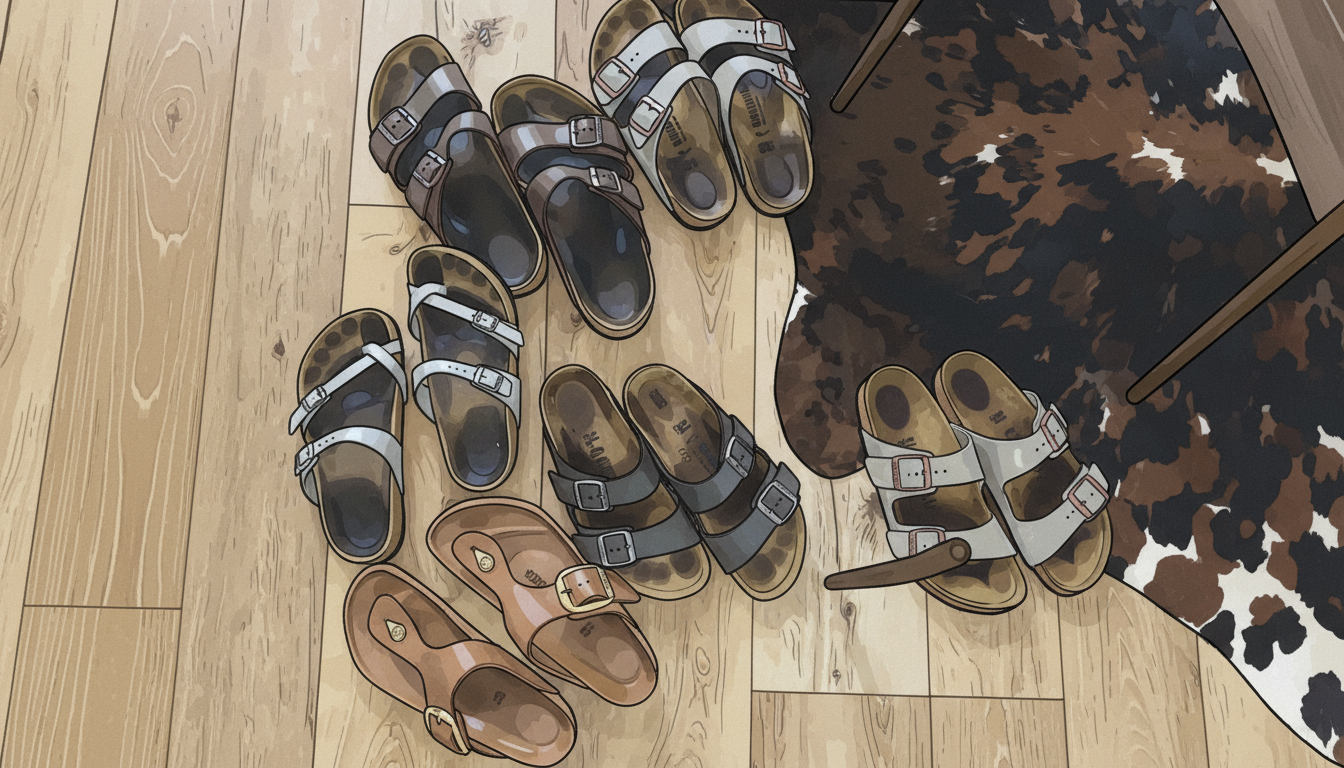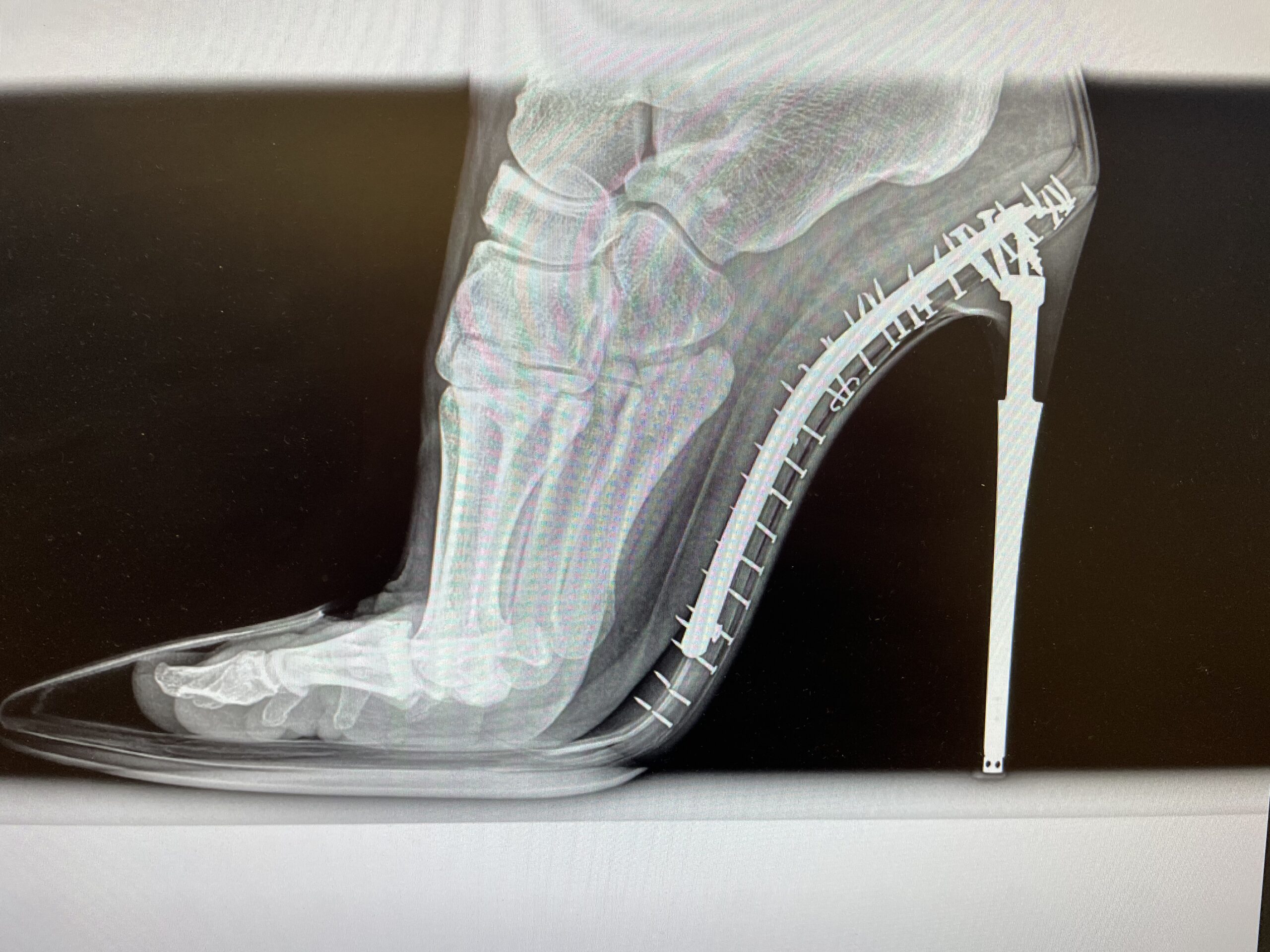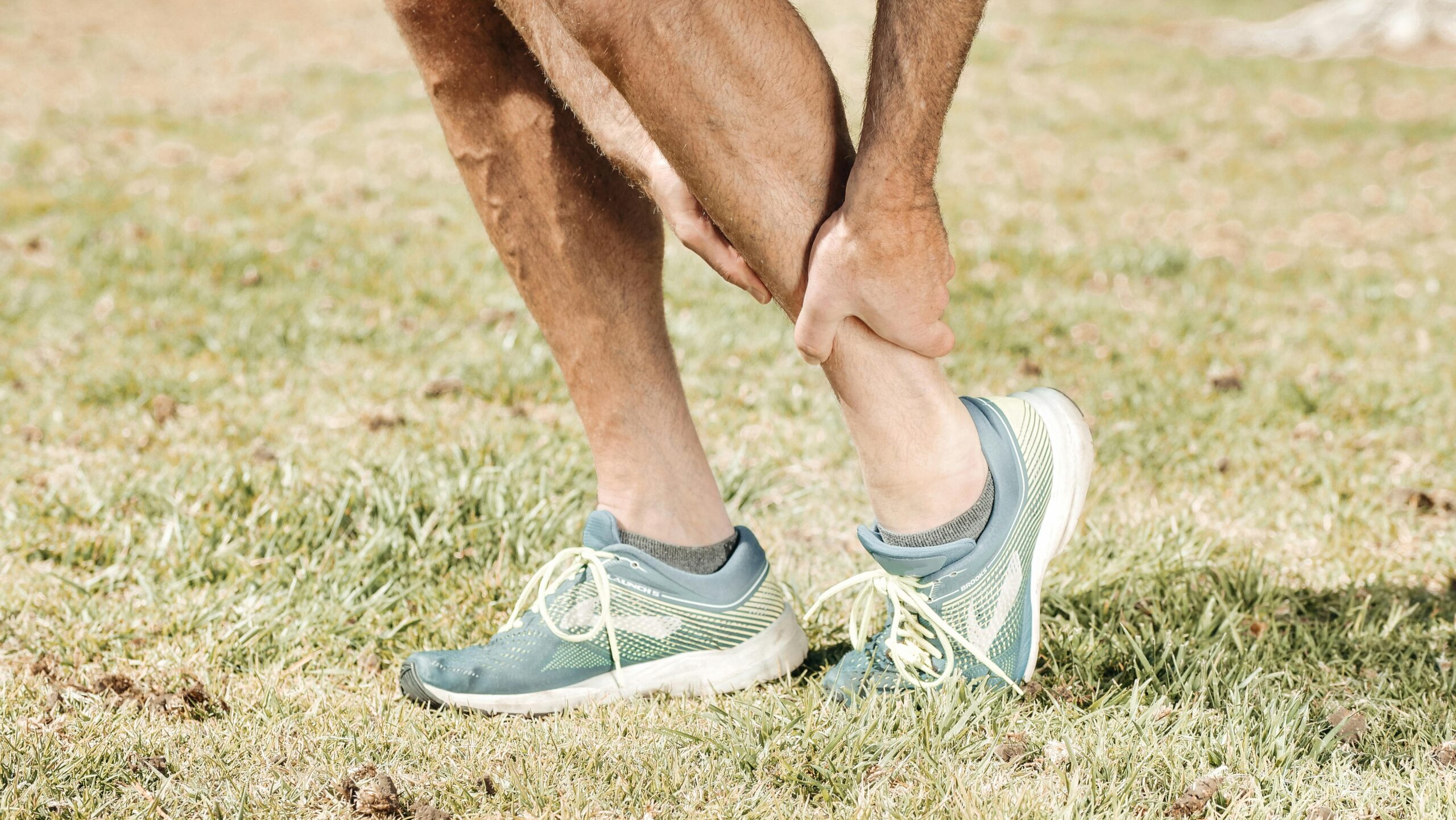Mysterious Flakiness and Itchiness Between Your Toes? It Could Be Erythrasma.
If you’ve noticed itchy, flaky, or discolored skin between your toes, you may need professional erythrasma treatment. Many people assume this irritation is a fungal infection, but erythrasma is actually caused by bacteria. Because of this, antifungal creams often don’t work — and the condition may return or worsen without proper care.
At Family Care Podiatry in San Francisco, Dr. Ulyana Shikaloff provides accurate diagnosis and targeted treatment to help your skin heal quickly and prevent the infection from spreading.
What Is Erythrasma?
Erythrasma is a bacterial skin infection that commonly appears in warm, moist areas such as the toe webs. Although it may look similar to athlete’s foot, it requires completely different treatment.
Symptoms often include:
- Itching or mild burning
- Pink, brown, or reddish skin
- Fine scaling or peeling
- Moist, softened skin between the toes
Because erythrasma is easily confused with fungal infections, proper diagnosis is important.
How to Tell Erythrasma From a Fungal Infection
Many patients try antifungal creams first. However, erythrasma does not improve with these treatments. Instead, it may spread or become more uncomfortable over time.
Here’s the difference:
- Fungus → peeling, white, itchy skin
- Erythrasma → brownish-red patches with fine scaling
A podiatrist can quickly identify erythrasma using a Wood’s lamp test, which causes the bacteria to glow coral-red. This helps us choose the right erythrasma treatment immediately.
Erythrasma Treatment Options at Family Care Podiatry
At our clinic, we offer effective erythrasma treatment that targets the bacteria directly. Depending on your symptoms, we may recommend:
- Topical antibacterial medications
- Oral antibiotics for deeper or widespread infections
- Moisture-control strategies to prevent recurrence
- Foot hygiene guidance tailored to your routine and footwear
In addition, we address underlying issues such as sweating, friction, or footwear choices that may contribute to flare-ups.
Why Professional Diagnosis Matters
Because erythrasma looks so similar to athlete’s foot, many patients treat it incorrectly for weeks or months. As a result, the infection can spread to other toes or cause significant irritation.
A proper diagnosis ensures:
- Faster relief
- Correct medication
- Lower risk of recurrence
- Clearer, healthier skin
Therefore, if you’ve been treating “athlete’s foot” with no improvement, it’s time to get an expert evaluation.
Get Relief With Expert Erythrasma Treatment
You don’t have to live with persistent itching, flaking, or discomfort between your toes. Dr. Ulyana Shikaloff is here to provide accurate diagnosis and effective erythrasma treatment so you can feel better quickly.
📍 Family Care Podiatry
2250 Hayes St., Suite 612
San Francisco, CA 94117
📞 Call (415) 212-9166 or book online at familycarepodiatry.com.
Your feet deserve expert care — and we’re here to help.




